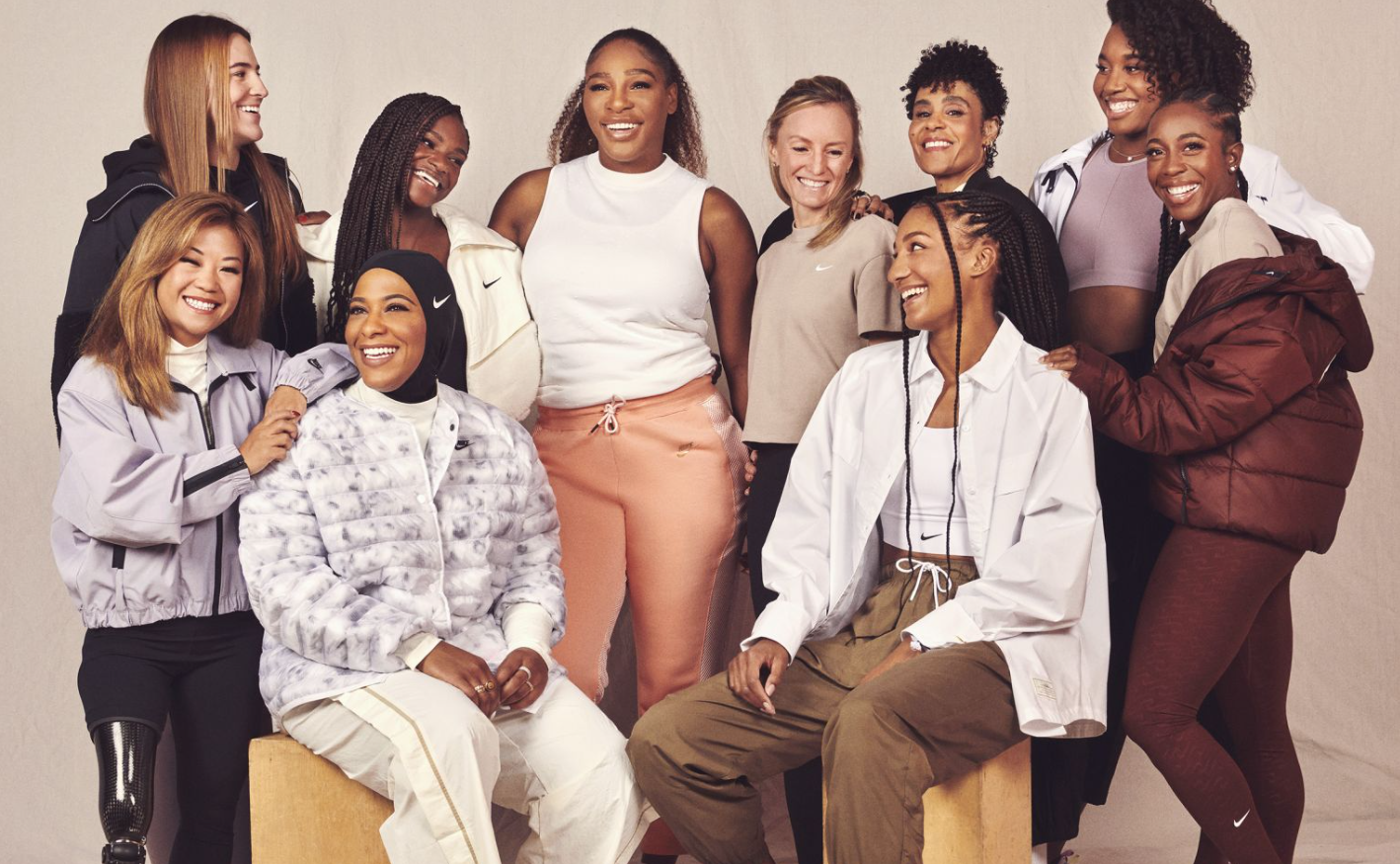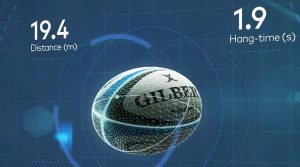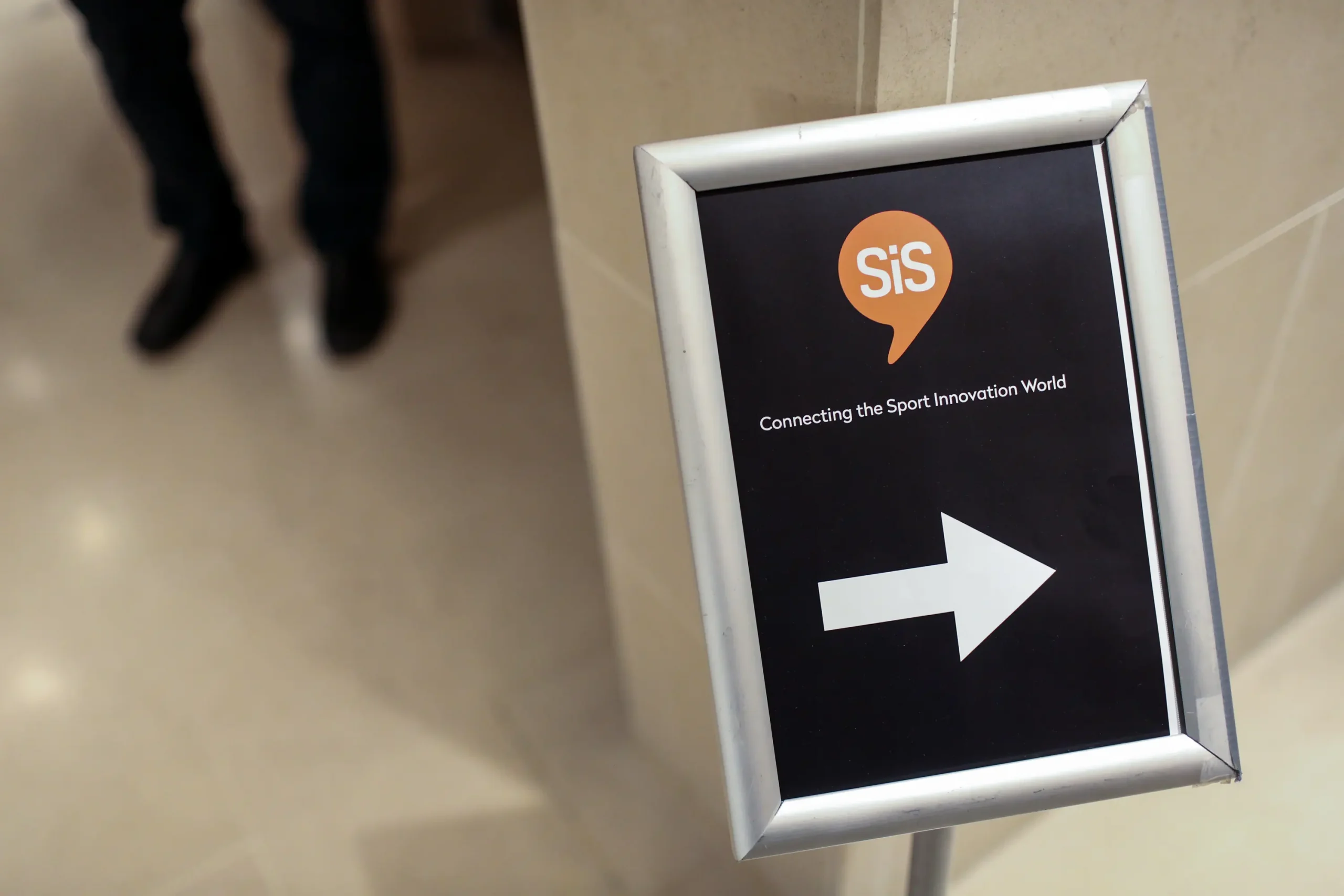Great women athletes are involved, such as Serena Williams, Ada Hegerberg, Angela Davis, Bebe Vio, Dina Asher-Smith, Deyna Castellanos, Ibtihaj Muhammad, Nafissatou Thiam, Sabrina Ionescu, Scout Bassett, Shalane Flanagan, Shelly-Ann Fraser-Pryce, Simone Manuel and I thought it is a good moment to share with you more on what is at stake in women sport.
Women represent a growing market. Indeed, women represent a growth market bigger than China and India combined due to more women entering the workforce. According to different studies, women represent half of the global population, and women control between $32 & $43 trillion in worldwide spending. By 2030, women will change the workforce landscape with a more than 40% average participation rate, eventually adding up to 100 million more working women to the global economy. And Boston Consulting Group forecasts that by 2028, women will control 75% of discretionary spending. This means catering to women’s consumption is not just a compelling case for women’s equality but also for increased profits for businesses in meeting the demands of women.
Women are interested in the sport. The gap between men and women in terms of interest in the sport has narrowed considerably over the last few years. In countries like the US, UK, and Germany, nearly 50% of women are monthly viewers. And guess what, that figure rises to almost 70% in Latam and Asian countries (in Mexico, 63%). And according to Nielsen, 66% of the population is interested in at least one women’s sport, meaning men are also interested in women’s sports. 84% of general sports fans are interested in women’s sports. The women’s fan base represents hundreds of millions of people, and sports practice is growing globally. According to FIFA, 29 million girls and women play football worldwide, aiming to reach 60 million by 2026.
Women’s sport is one of the fastest-growing sectors in sport. Women’s sport is growing and represents a business opportunity for all sports industry stakeholders. Sport allows to connect with people’s passion, and sport is a passion point for women; they love men’s and women’s sports, and a growing number of men are interested in women’s sports. By joining the women’s sports family, brands are more likely to appeal to female customers and show a signal of commitment to positive changes in society. As we have seen, women have significant buying power. Very relevant to pay attention to women’s sports sponsorship opportunities to engage new audiences and deliver strong messages to the brand’s targets. And women’s sports sponsorship is way cheaper (allowing smaller brands to step in) and easier to build since organizations and athletes are more flexible. There are also fewer brands allowing a stronger share of voice etc. Excellent opportunities for brands to step in. On the sports organization side, it is also highly relevant to develop an effective women’s strategy, representing both brand equity for the organization and commercial value in the mid and long term. Rights (sponsorship, media) for women’s sports are increasingly sold individually rather than bundled with men’s assets, which is a sign. We can see it with FIFA and UEFA designating Visa as their first-ever Women’s Football Partner for the FIFA Women´s World Cup 2023 and all the UEFA tournaments, such as the European Championship and the Champions League. The same with Barclays doubling its existing investment in the FA Women’s Super League from 2022-2025, the £30 million is a new record for investment in UK women’s sport.
Sports apparel brands such as Adidas, Nike, and Puma understood it. And are also heavily investing in the women’s market. Starting with listening and understanding more women’s needs is the first step in any innovation process. And they are then turning insights into actions. It goes from marketing campaigns starring women’s success stories to developing a new range of products fitting women’s needs to empowering women into sport and breaking barriers to access to sport. And despite their much smaller market size, women’s activewear and athletic footwear are growing faster than men’s products. Children are another high-growth market. Vicky Free, senior VP of global marketing: “Women are part of any business opportunity…You name the category and women are hugely influential, if not driving the purchase decision for the family. In sport, women are changing the game. We just need to find where their needs haven’t been met.”
New products. In June 2021, Adidas launched Stay in Play, a line of period-proof activewear, to help prevent the drop-off from the sport when people start menstruating, getting a great response from the market. The Adidas Ultra Boost shoe, designed with women’s feet in mind, launched very recently. Adidas has also launched a full range of sports bras in 72 sizes, designed with 43 models, because improper fit leads to breast pain and permanent breast tissue damage and impacts performance. Nike has worked a lot on recalibrating sizing, using its sports research lab to gather athletes’ input and 4D scanning and motion capture. For example, it was implemented into the new design of football national team kits. Nike also has a full range of performance bras enabling more women of more shapes, sizes, and sports interests to get after it. Interestingly, the Nike Pro Jihab product allows women to live their religion while practicing sport.
New marketing language. New storytelling. Adidas has powered the Impossible is Nothing campaign to unite a strong, diverse, and powerful community of women athletes who are changing the game. “We see their power, we celebrate the possibilities they see, we share the optimism with which they seize opportunities… This is our call to action to all the women out there to keep making the impossible possible every day. Adidas can only continue to be their ally” says Vicky Free.
PUMA has expanded its successful brand campaign “SHE MOVES US” to focus on its top female sports ambassadors, celebrating the women who have moved sports forward to inspire other women worldwide. “She Moves Us” wants to empower girls and young women through sharing stories and joint efforts to impact girls’ and women’s rights globally. It is inspired by global pop star and PUMA Ambassador Dua Lipa, who said: “Sharing stories of success is all part of changing the narrative, especially in fields like sports and entertainment that have tended to amplify the accomplishments of men.
New programs. Turn insights into action. Nike Athlete Think Tank. In addition to sharing their experience and understanding, the 13 founding member athletes also brought their advocacy, identifying community organizations around the world that NIKE, Inc., in partnership with CAF America (Charities Aid Foundation America), will fund for $1.3 million across 20 grants on their behalf. This group of accomplished, iconic athletes included Ada Hegerberg, Angela Davis, Bebe Vio, Dina Asher-Smith, Deyna Castellanos, Ibtihaj Muhammad, Nafissatou Thiam, Sabrina Ionescu, Scout Bassett, Serena Williams, Shalane Flanagan, Shelly-Ann Fraser-Pryce, and Simone Manuel. They emphasized the financial aspect of creating access to sport and the importance of bringing everyone, especially athletes with disabilities, into inclusion initiatives. They spoke about valuing purpose as much as performance, namely through meaningful community efforts.
Adidas has also launched and extended long-lasting grassroots programs to encourage and keep women and girls in sport. These include the launch of the Breaking Barriers Academy, a five-year commitment to supporting 15 non-profits through organizational change, and training 100 community champions across Europe; to help drive gender equity for 50,000 girls.
Nike went one step beyond Basketball, making an equity investment in the WNBA. Through this partnership, Nike and the WNBA will work together to grow the league by deepening WNBA storytelling to create more visibility for WNBA athletes and bring more girls into basketball through additional grassroots opportunities. This investment will help redefine the sport for a new generation of WNBA players, fans, and girls.
Puma is also taking action. Through projects supported directly by PUMA, Women Win will reach 5,000 girls and women. Furthermore, as a core funding partner, PUMA will contribute toward Women’s Win, reaching another 1 million girls and women by the end of 2023.
In conclusion, not having a strong women’s sports strategy for brands, sports organizations, media, and other stakeholders would be a mistake. Of course, it has to do with making a positive impact on society, but it has more to do with business opportunities!




